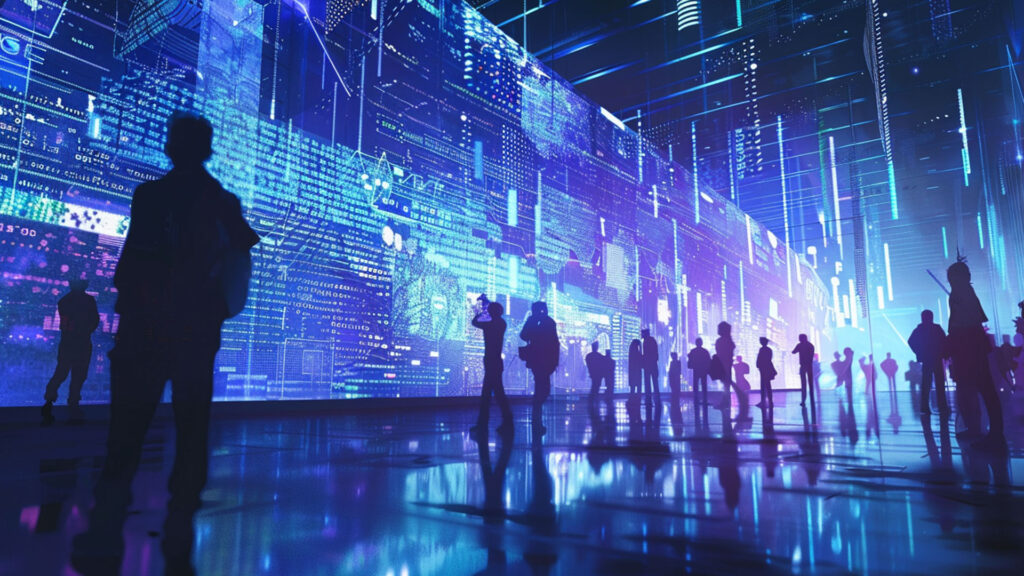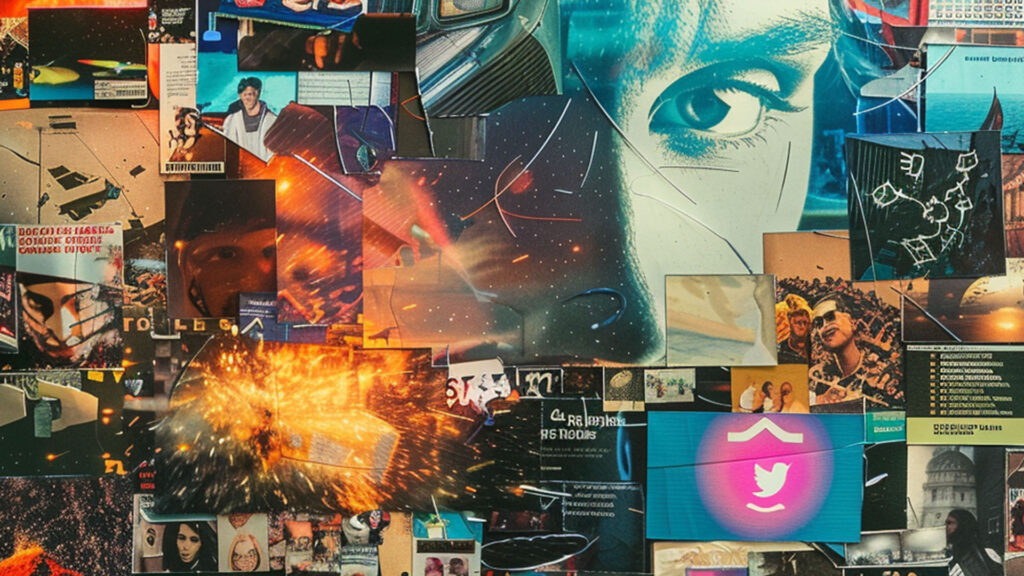The fear surrounding AI image generation often stems from a phenomenon known as the “uncanny valley.” This term, coined by Japanese roboticist Masahiro Mori, describes the unsettling feeling people experience when encountering something that is almost, but not quite, human. In the context of AI-generated images, this can manifest as a sense of unease or discomfort when an image appears too realistic but still lacks something essential, such as a human touch or soul.

The 6 fingered woman from AI
This phenomenon occurs when something that looks or behaves almost, but not quite, like a human, evokes a sense of unease or discomfort. AI can struggle to understand context, leading to awkward or nonsensical responses. It can create mind morphing videos and images.
SynthID is a groundbreaking technology developed by Google AI that aims to combat the growing problem of AI-generated deepfakes. Essentially, it’s a digital watermark that is embedded into images created using Google’s text-to-image AI model, Imagen. This watermark is imperceptible to the human eye but can be detected using specialized software.

How Does It Work?
SynthID works by subtly altering the pixels of an image in a way that is undetectable to the human eye. This alteration, or watermark, serves as a digital fingerprint that can be used to trace the image back to its source. Even if the image is modified, cropped, or compressed, the watermark remains detectable, making it difficult for bad actors to disguise the image’s origin.

Why is SynthID Important?
The rise of AI-generated deepfakes has serious implications for society. These highly realistic, fake images can be used to spread misinformation, manipulate public opinion, and even commit fraud. SynthID offers a potential solution to this problem by providing a way to identify and track the source of AI-generated images.
Currently there are some tell tell signs as to what is AI and what is not. As the technology improves this will change. This change is happening at a rapid pace. So how can we protect ourselves.

The Future of SynthID
While SynthID is a promising development, it’s important to note that it’s not a foolproof solution. As AI technology continues to advance, bad actors may find ways to circumvent SynthID’s protections. However, the technology represents a significant step forward in the fight against deepfakes and could potentially become a valuable tool for law enforcement, journalists, and social media platforms.
As SynthID continues to evolve, it will be interesting to see how it is adopted and integrated into various industries. It may become a standard feature in AI-generated image creation, helping to ensure the integrity and authenticity of digital content.
Find more news on AITV.media.



